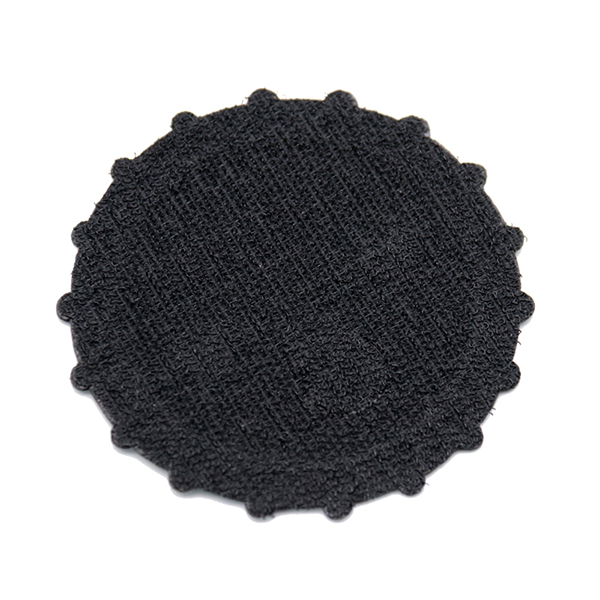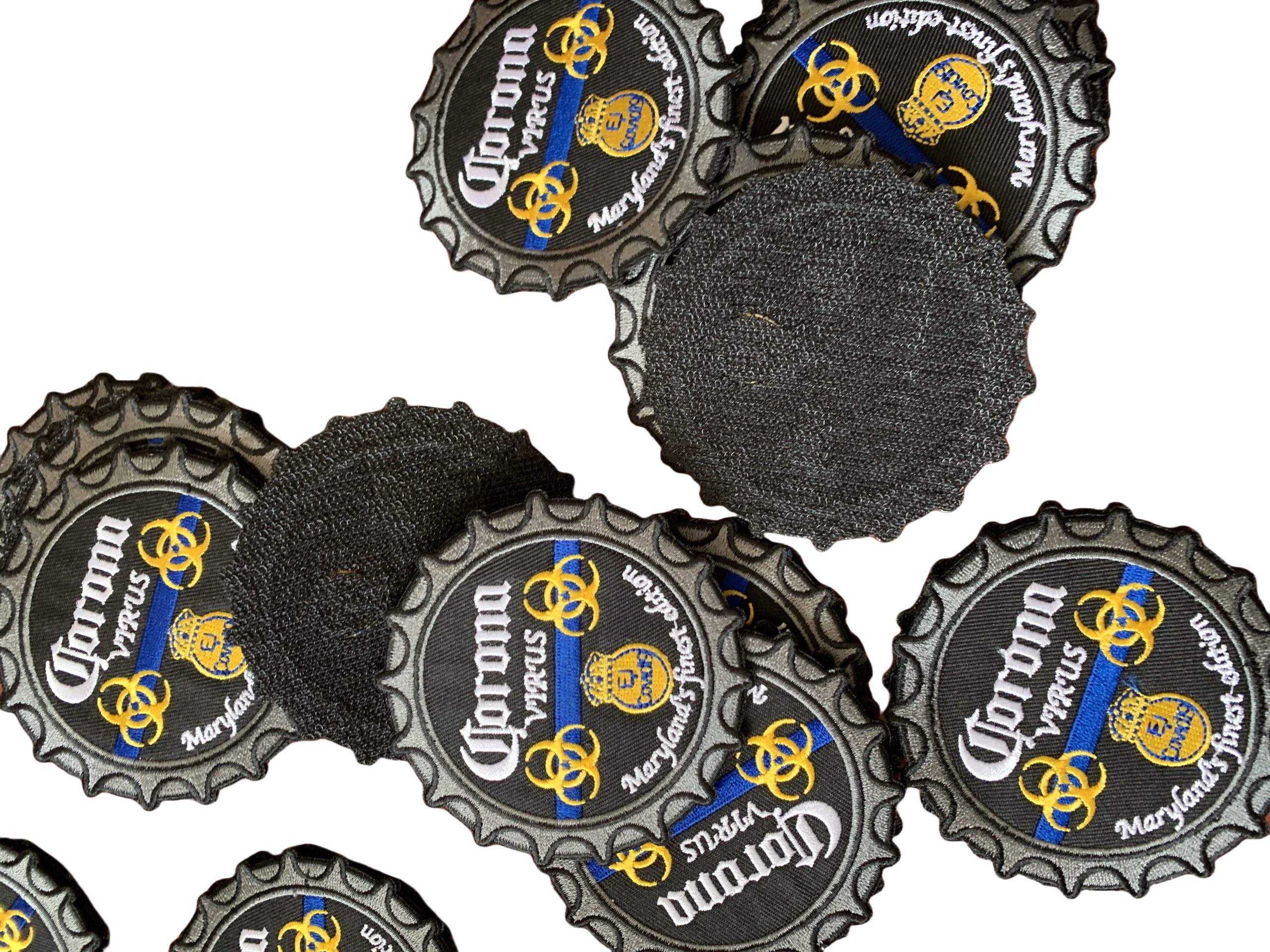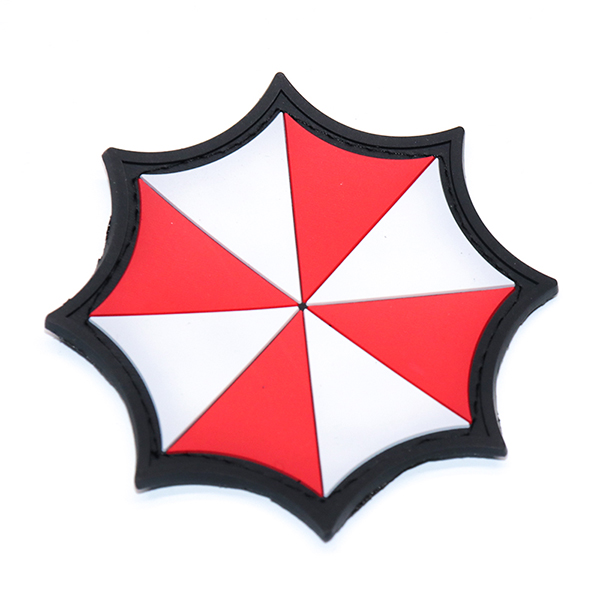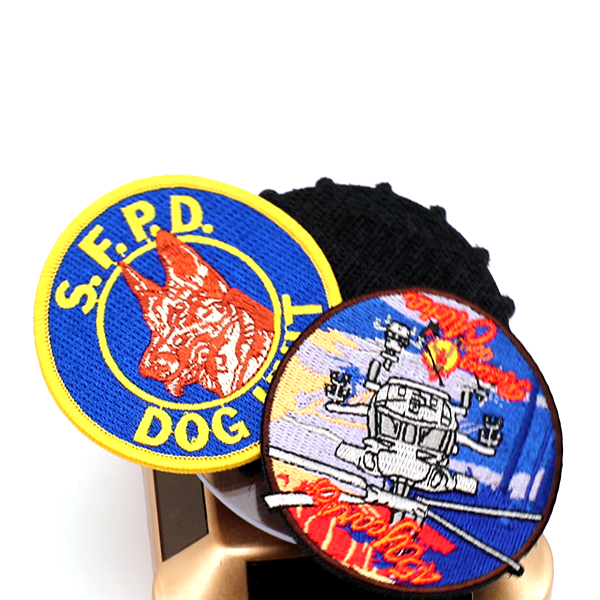Velcro Patches Applications
Embroidery Patches have a remarkable history, from adorning the uniforms of soldiers and law enforcement personnel to becoming a unique form of self-expression in fashion. Over the years, they’ve evolved from being mere insignias of affiliation to versatile tools for customization, identification, and personalization. Among the many types of embrodiery patches available, velcro patchesare special for their convenience, adaptability, and the many ways they convinient our lives.
What is a Velcro Patch?
The history of Velcro patches starts with the invention of Velcro by Swiss engineer George de Mestral in 1941. The inspiration came from a walk in the woods, where Mestral noticed how burrs clung to his clothes and his dog’s fur. When looking more closely at these burrs under a microscope, Mestral noticed how the burrs had tiny little hooks which caught on the fabric.
This led to the patent of the hook-and-loop fastener, which he named Velcro. Velcro has since been used for a wide variety of applications, from the aerospace industry to secure items at zero gravity to military use to attach patches to uniforms and gear. Velcro became widespread, and so did Velcro patches.
Over the decades, Velcro patches have become widespread in civilian life, used in everything from clothing and footwear to sports equipment and organizational tools. They’re well known for their convenience and adaptability and have become a staple in functional and decorative applications.
A velcro patch is also called a tactical or moral patch because it is often used in military uniforms. It has a loop and hook backing, which allows the patch to be easily attached to something. You only need to peel off its backing and attach it to anything you want to decorate.
Custom Velcro Patch
How do Custom Velcro Patches Work?
Velcro patches work through a clever mechanism involving two sides: one with tiny hooks and the other with loops. When you press them together, the hooks catch onto the loops, creating a secure attachment. You can easily detach them by pulling them apart, and this process can be repeated many times without damage, making Velcro patches reusable and versatile.
Custom Velcro patches can be categorized into two primary types based on their hook-and-loop configuration:
Hook Patches: These patches have the hook side of the velcro on the back, which means they can attach to any surface with a loop-like texture or material. Hook patches are commonly used for tactical and practical applications, such as on uniforms, bags, and gear.
Loop Patches: Loop patches, conversely, have the loop side on the back. They are typically placed on surfaces that have hook-like properties, such as special loop panels sewn onto clothing or bags. Loop patches are often used for branding and customization, offering a convenient way to swap out patches on compatible surfaces.
velcro patch









